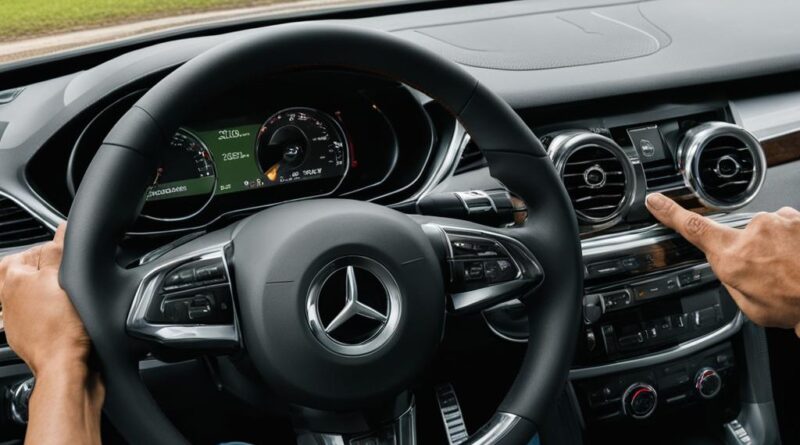Car Won’t Shift Out of Park – Quick Fixes and Tips
Nothing throws off your day like rushing out the door, slipping into the driver’s seat, and finding your car won’t shift out of park. This all-too-common predicament with automatic transmission vehicles has puzzled many drivers. It’s a perplexing issue that can be caused by several factors, including a gear shift stuck in park, a transmission stuck in park, or a myriad of other mechanical or electrical malfunctions. The good news is that there are several troubleshooting steps you can take before calling for a tow. This guide will help you understand why you cannot shift out of park and provide actionable advice to get your car stuck in park back on the road.
Key Takeaways
- Identify and understand common reasons why a vehicle may get stuck in park.
- Learn how to use the shift lock override to temporarily resolve a gear shift stuck in park.
- Recognize the importance of the shift interlock solenoid for preventing a car from shifting out of park.
- Discover symptoms that could suggest a transmission stuck in park due to faulty components.
- Insight into potential costs and professional services for repairs when unable to shift out of park.
Understanding the Shift Lock Feature
Automatic vehicles come equipped with a range of safety mechanisms intended to prevent unintentional shifting that could lead to accidents. One such critical system is the shift lock feature, also known as the brake transmission shift interlock (BTSI). This feature has been designed to keep your vehicle immobile when the automatic transmission is set to the park position. Allowing the car to shift gears only when the brake pedal is applied, this measure is a cornerstone of vehicular safety protocols.
Essential Role of the Shift Interlock Solenoid
At the heart of the BTSI system is the shift interlock solenoid, a component responsible for releasing the gear shift from the park position. When you press down on the brake, the solenoid activates, permitting the gear shift to move freely. This solenoid acts as a gatekeeper, ensuring that the gear shift won’t move without driver intention, signified by the depression of the brake pedal.
Yet, an array of complications can arise with this vital part. Should the solenoid malfunction – due to electrical issues or physical damage – you might find that your car won’t go into gear, irrespective of how firmly you press the brake. In these instances, it becomes apparent that the park gear won’t engage correctly, a signal for potential inspection and repair.
Common Issues with Brake Transmission Shift Interlock
Failures within the BTSI system are not uncommon, and symptoms often involve the gear shift refusing to move out of park. A malfunction could be the result of electrical problems, such as damaged wiring or a blown fuse, or mechanical issues, such as a broken solenoid or brake light switch faults. It’s essential to discern the root cause, as each scenario requires a different approach and solution.
When facing a situation where the gear shift won’t move, expert assessment by a professional mechanic is advisable. They will inspect various indicators, including the solenoid’s response to brake pedal engagement, the integrity of the wiring, and the functionality of the accompanying brake light switch.
Often, the problem presents itself when drivers experience urgency – perhaps when running late – only to discover a suddenly unresponsive vehicle. Such stress can be mitigated through periodic checks of the vehicle’s BTSI system for any early signs of wear or electrical issues. Forward-thinking maintenance not only ensures smoother operation but also fortifies the safety measures of your vehicle.
Understanding the intricacies of the BTSI system and its components can make the difference between a secure, stable ride and an unpredictable predicament. Familiarity with these features is imperative for every driver, granting them the knowledge to address or prevent issues with the foresight of vehicular safety in mind.
Car Won’t Shift Out of Park?
When you encounter a situation where your car won’t shift gears, it can be a perplexing and frustrating experience. Automatic vehicles come with several mechanisms and safety features designed to prevent inadvertent shifting which, if malfunctioning, can prevent the car from leaving the park position. Below are some widely recognized culprits that may be behind this automotive conundrum.
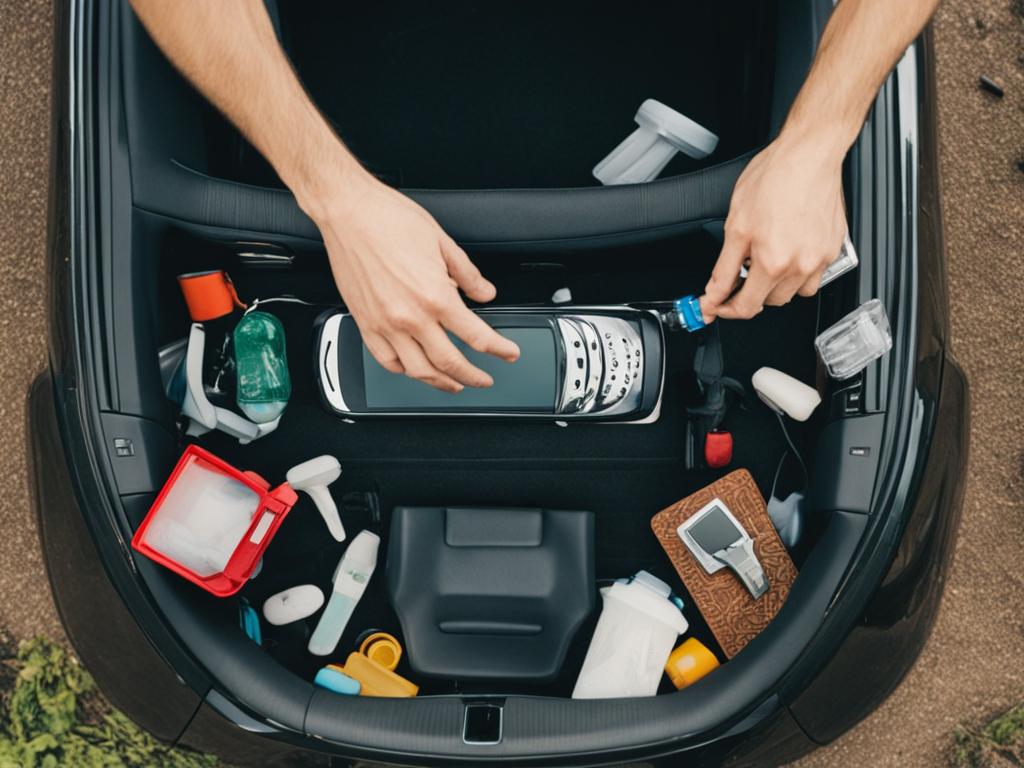
From a broken shifter mechanism to a simple case of low transmission fluid, the root of the problem can vary greatly. While a professional mechanic’s diagnosis is often the safest route to take, understanding these common issues might save you time and money when you find yourself stuck.
| Common Issues | Potential Solutions | Professional Assistance |
|---|---|---|
| Broken Shifter Mechanism | Inspection for potential obstructions or visible damage in the shifter path | Replacement of internal shifter components or complete shifter assembly |
| Failed Brake Light Switch | Testing and replacing the brake light fuse or switch | Electrical diagnosis and repair of switch connections |
| Malfunctioning Shift Interlock Solenoid | Checking for solenoid engagement sound when brake pedal is applied | Replacement or electrical repair of solenoid circuitry |
| Low Transmission Fluid | Checking fluid levels and topping up if necessary | Determining the cause of low levels, potential leak repairs |
| Increased Pawl Pressure Due to Incline | Rocking vehicle gently to relieve pressure before shifting | Assessment of parking pawl and potential adjustment |
Remember that these are just a handful of potential problems; the actual issue may be simpler or more complex. If your vehicle is showing signs that it won’t shift gears, don’t hesitate to consult a trusted automotive professional to get back on the road safely and swiftly.
Immediate Action: Using the Shift Lock Override
Being unable to shift your car out of park can be a confusing and urgent problem. Fortunately, there’s a built-in solution that many car owners can employ before seeking professional help: the shift lock override. This feature was designed to provide a way to manually override the automatic shifter in situations where the car can’t shift out of park or the shifter is locked in park due to electrical or mechanical malfunctions.
Locating the Override Feature
The shift lock override is often discreetly placed to provide a functional yet unobtrusive tool. Typically, it’s located near the shifter console, possibly concealed under a small cap or cover. It’s essential for car owners to familiarize themselves with the location and operation of this feature to prepare for unforeseen circumstances when the shifter becomes immovable.
Steps to Manually Release the Shifter
For those unexpected moments when the shifter won’t budge, knowing how to manually release it is crucial. Follow these steps to temporarily resolve the shifter locked in park issue:
- Make sure the emergency brake is engaged for safety.
- Turn the ignition key to the “ON” or “RUN” position — do not start the engine.
- Look for the shift lock override slot and remove the cap if present.
- While pressing down on the brake pedal, insert a flathead screwdriver or similar tool into the slot.
- Push down or press the override mechanism and move the shifter from the park position.
It is vital to remember that while the shift lock override may grant immediate relief from being stuck, it is not a permanent fix. The underlying causes, such as electrical issues or a malfunctioning brake switch, require attention from a specialist. Ensuring your vehicle is diagnosed and repaired by a qualified technician is a critical step towards preventing future occurrences of can’t shift out of park.
Understanding this safety feature and knowing how to operate it can save you from being stranded and provide a quick solution to a potentially complex problem. Keep this information in mind for a safe and stress-free driving experience.
Dealing with a Broken Shifter Mechanism
One common ailment for automatic transmission vehicles failing to leave the parked position is a broken shifter mechanism. This critical fault lies in the complex assembly that manages gear selection, a crucial aspect of your vehicle’s operation. When a car owner experiences a shifter that moves loosely or gives the sensation of being disconnected, it suggests a problem deep within the shift assembly itself.
The repair process often entails thorough diagnosis to isolate the specific component failures, followed by meticulous replacement of the damaged parts. Given the intricate nature of these mechanisms, such operations demand the deftness of a certified mechanic. Indeed, only skilled professionals can guarantee that the new parts restore flawless functionality to the shifter assembly.
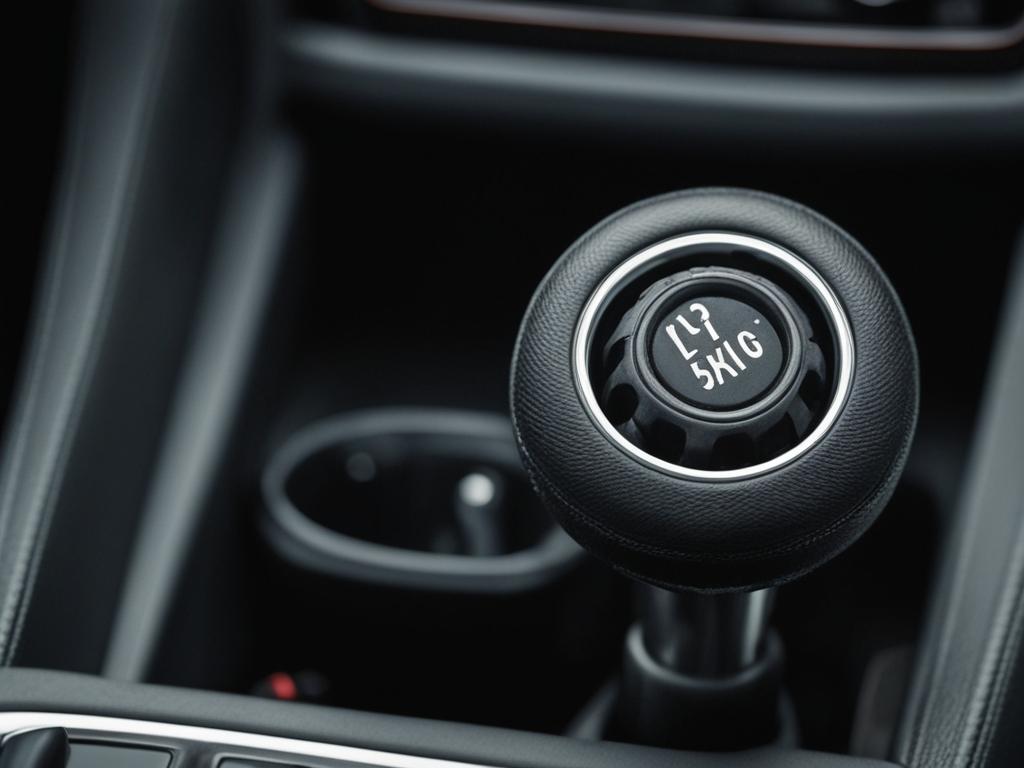
While a broken shifter mechanism may not be the most common issue, it is undeniably impactful. Considering the complexity of the repair, vehicle owners should be prepared for the possibility of incurring significant costs associated with parts and labor. To illustrate the crucial role of the shifter and the intricacy involved in the repair, below is a breakdown of a typical shifter mechanism:
| Component | Function | Signs of Failure |
|---|---|---|
| Shift Lever | Allows driver to change gears | Excessive play or inability to engage gears |
| Shift Interlock Solenoid | Locks lever until brake pedal is pressed | Vehicle remains in park despite braking |
| Shift Cable | Connects lever to transmission | Shifter movement that does not change gears |
Even with prompt repairs, it’s imperative to recognize how the broken shifter mechanism speaks to a broader narrative of vehicle upkeep. Regular maintenance and attentive driving habits can prolong the lifespan of your vehicle’s transmission system, preventing such issues from arising unexpectedly. Should your vehicle betray any early signs of shifter trouble, consulting a professional right away can save you from further complications down the road.
Addressing a Faulty Brake Light Switch
When your vehicle stubbornly refuses to shift out of park, a prime suspect could well be a failed brake light switch. This switch, a crucial component for safety and seamless transmission operation, can lead to immobilization when it malfunctions. In the following paragraphs, we dissect the common issues associated with brake light switches and provide actionable solutions.
Diagnosing Brake Switch Issues
Diagnosing a potential brake light switch problem begins with a simple observation. Engage the brake pedal and ask an assistant to verify if the brake lights illuminate. A non-responsive light could indicate a switch failure or a blown fuse. Advanced diagnostic steps may involve testing for electrical continuity with a multimeter—typically a job for a professional.
Symptoms and Solutions for Switch Failures
The symptoms of a failed brake light switch are not always conspicuous but certainly problematic, ranging from unlit brake lights to an inability to move the gear shifter out of park. Solutions vary based on the root problem and can stretch from a straightforward fuse replacement to installing a new switch.
Below is a detailed table to guide you through identifying problems and suitable courses of action for a failed brake light switch:
| Symptom | Possible Cause | Immediate Solution | Long-Term Action |
|---|---|---|---|
| Brake lights don’t illuminate | Faulty switch or blown fuse | Check and replace the fuse | Replace brake light switch |
| Gear shifter stuck in park | Failed brake light switch | Use shift lock override | Professional switch replacement |
| No click when pressing brake pedal | Switch not engaging | Adjust the switch (if possible) | Full diagnostic and switch replacement |
Attention to these signs can guard against being stranded due to a faulty brake system component. Remember, while quick fixes can provide temporary relief, ensuring a properly functioning brake light switch is non-negotiable for your vehicle’s safety.
Investigating Shift Interlock Solenoid or Wiring Problems
When your vehicle stubbornly remains in park, the culprit may often be traced back to a faulty shifter interlock solenoid or related wiring issues. The interlock solenoid serves as a critical safety component, ensuring that your car doesn’t shift out of park unless the brake pedal is engaged, thereby preventing unintended movement.
Typically, the journey of diagnosis begins with a close inspection of the solenoid itself, which may be failed or malfunctioning. However, it’s not just about the solenoid—the wiring harness that connects this component could be at fault too. Over time, wires can fray, connectors can loosen, and damage can occur due to environmental factors or wear and tear. Here’s how a skilled mechanic might approach these issues:
- **Visually Inspecting the Wiring:** A thorough check for any visible signs of damage, corrosion, or disconnection that could interrupt the electrical flow.
- **Testing the Solenoid:** Using specialized tools to assess whether the solenoid engages and disengages appropriately as the brake pedal is operated.
- **Reviewing Electrical Diagrams:** Consulting the vehicle’s wiring diagram to trace back and detect any potential faults within the circuitry.
- **Conducting Multimeter Tests:** A multimeter allows for precise measurements of voltage and resistance, pinpointing the location and nature of electrical faults.
Upon identifying the issue, the next steps will involve either repairing the damaged wiring or replacing the defective solenoid. In either case, this is precision work, best handled by professionals equipped with the right knowledge and tools to restore your car to its fully functional state.
The table below outlines typical signs and solutions when dealing with shift interlock solenoid or wiring problems:
| Symptom | Potential Cause | Recommended Solution |
|---|---|---|
| Car stuck in park position | Faulty shifter interlock solenoid | Replace the solenoid |
| No response from brake pedal | Defective wiring connection | Repair or replace the wiring |
| Intermittent shifting issues | Loose or corroded terminals | Secure connections or terminal replacement |
| Error messages on dashboard | Electrical circuit fault | Electrical diagnostic and circuit repair |
Experiencing an issue like a car refusing to shift out of park can be concerning, but understanding the role of the shifter interlock solenoid and the common wiring faults can greatly simplify the troubleshooting process.

Keep in mind that while some automotive enthusiasts may attempt a DIY approach, consulting a qualified mechanic is highly recommended due to the complexity of modern automotive electrical systems. Addressing these issues promptly and correctly is paramount for ensuring the long-term reliability and safety of your vehicle.
Tackling a Broken Transmission Shift Cable
A broken transmission shift cable can be a source of frustration for many drivers, leaving their vehicle immobile and unresponsive. Understanding the symptoms and solutions for this issue is crucial, as it allows car owners to make informed decisions about whether they are dealing with a repairable problem or facing a complete replacement of the part.
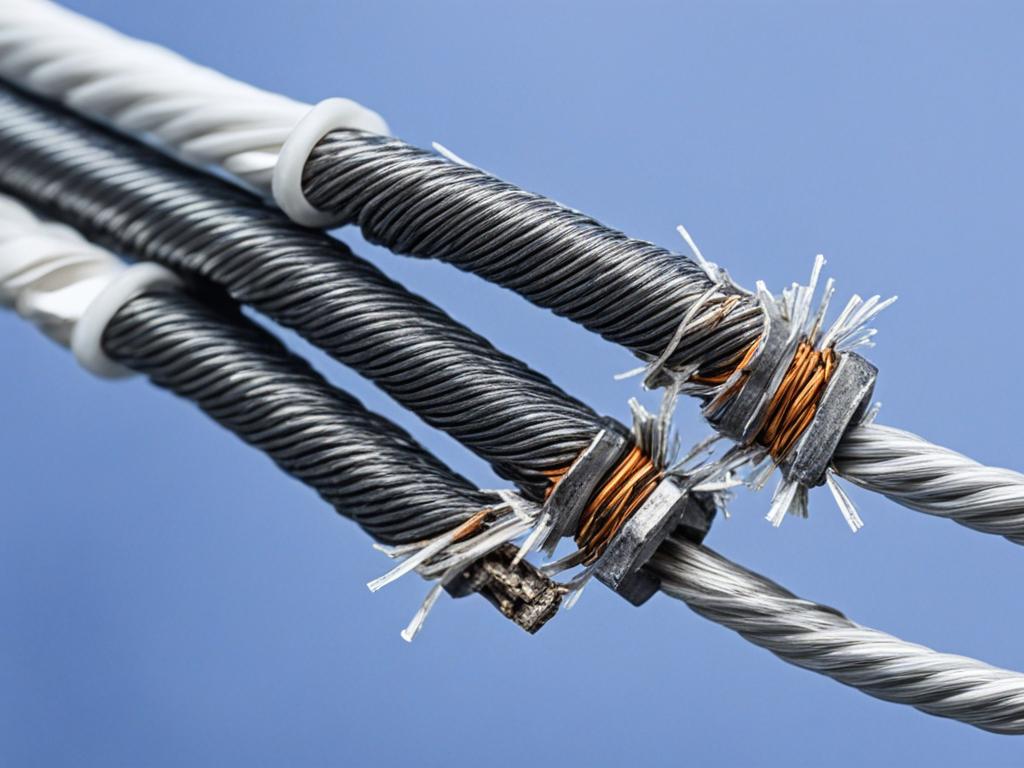
Identifying Cable Issues
One of the first steps in addressing broken transmission shift cable disturbances is to assess the cable’s condition. A visual and physical inspection can reveal if the cable is loose, has snapped, or shows signs of warping. Symptoms may include difficulty in shifting gears or an inability to engage or disengage certain gears altogether. In some cases, the gear shifter may move freely with little to no resistance, indicating a lack of connection to the transmission due to cable failure.
Repair Versus Replacement Options
Upon identification of a broken transmission shift cable, the decision to repair or replace it depends on the type and extent of damage. Minor issues, such as an unadjusted cable or frayed ends, might be resolved with simple adjustments or minor repairs. However, a cable that’s compromised to the point of snapping or severe warping generally calls for a full replacement. Here’s a comparative overview of both scenarios:
| Issue | Repair | Replacement |
|---|---|---|
| Loose Cable | Tightening and readjustment | Not necessary unless damage is significant |
| Frays and Wear | Possible short-term fix with cable repair kit | Advised for long-term reliability |
| Snapped/Warped Cable | Not feasible | Complete cable replacement required |
While tightening a loose cable might be within the wheelhouse of a DIY enthusiast, the replacement of a broken transmission shift cable is typically a task better suited for a professional mechanic. The complexity of the repair process can vary depending on the make and model of the vehicle, which is why consulting with a trusted automotive technician is recommended for an accurate diagnosis and effective remedy.
Avoiding Increased Pawl Pressure on an Incline
When you park on a slope, the gravity-induced stress on your vehicle’s parking pawl can lead to significant difficulty when you try to shift out of park. This phenomenon, known as increased pawl pressure on an incline, can make it challenging to disengage the gear shifter and in some cases may cause damage to the transmission over time. To mitigate this issue, a simple yet effective routine should be followed.
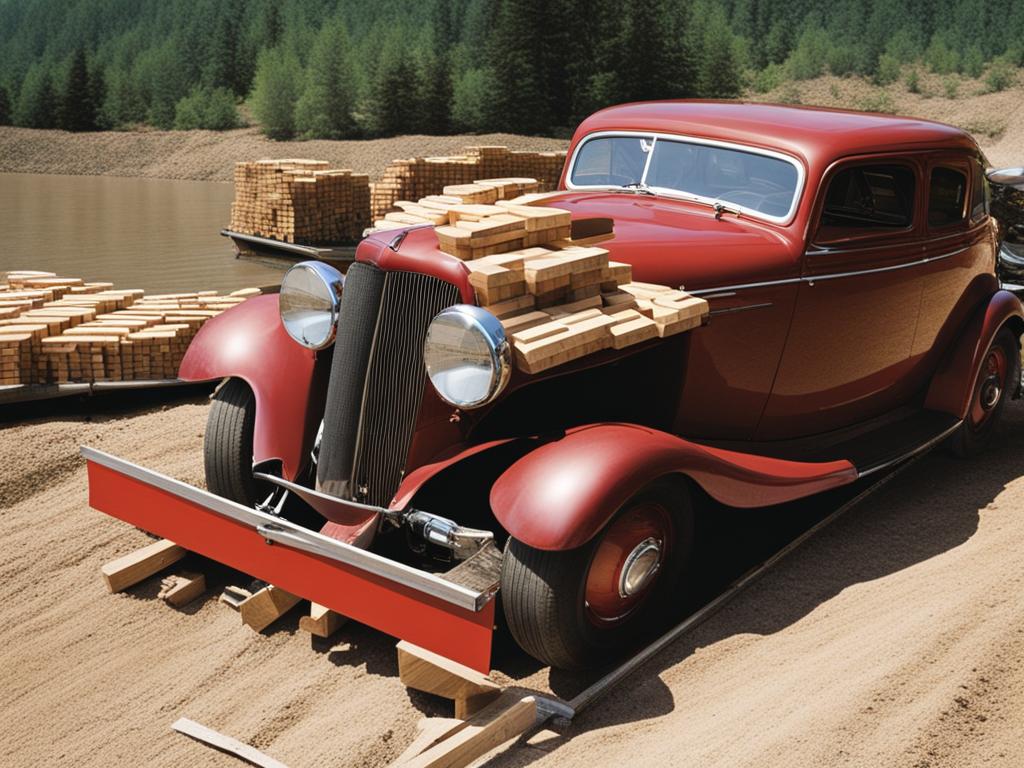
Firstly, when parking on an incline, always ensure to use the parking brake prior to releasing the foot brake. By doing so, the parking brake holds the weight of the vehicle, not the transmission’s parking pawl. This precaution significantly reduces the strain, offering a safeguard against potential parking pawl stress. Here’s a step-by-step guide to ensure you minimize the pressure:
- Bring the vehicle to a complete stop with your foot firmly on the brake pedal.
- Engage the parking brake fully; you should feel resistance as it locks into place.
- While keeping the foot brake engaged, shift the vehicle into park.
- Only now, you may release the foot brake.
If you’ve already parked and find that your shifter is stuck due to increased pawl pressure on an incline, a gentle rocking of the vehicle can help. This manual method can alleviate the pressure exerted on the parking pawl, thus allowing you to shift out of park with less resistance.
| Action | Function | Benefit |
|---|---|---|
| Applying Parking Brake | Supports vehicle weight | Reduces transmission strain |
| Keeping Foot on Brake | Prevents vehicle roll | Maintains control |
| Shifting into Park | Engages lock mechanism | Secures the parked position |
| Gentle Vehicle Rocking | Decreases pawl pressure | Frees stuck shifter |
By following these precautions and understanding the mechanics behind increased pawl pressure on an incline, you can prevent the frustration of a stuck shifter and help maintain the integrity of your vehicle’s transmission system.
Checking for Low Transmission Fluid Levels
When your vehicle’s transmission fails to escape park, one of the common culprits can be low transmission fluid levels. This vital liquid is essential for lubricating and cooling the moving parts inside your car’s transmission. Without an adequate level of transmission fluid, you may experience a host of issues, including trouble shifting gears or an ominous delay in gear engagement.
Signs of Low Fluid
Detecting low levels of transmission fluid often includes observing specific behavioral signs from your vehicle. You may notice your transmission slipping between shifts or producing unusual noises, such as whining or clunking. A delay when trying to shift out of park, often combined with a drop in acceleration performance, can further indicate the need for a transmission fluid check.
Sometimes it’s visually observable; for example, a transmission fluid leak is a tell-tale sign. Fluid on your driveway, which appears as a red or brown puddle underneath the transmission, should prompt an immediate check of the fluid levels and potential repairs to avoid further damage to your vehicle’s transmission system.
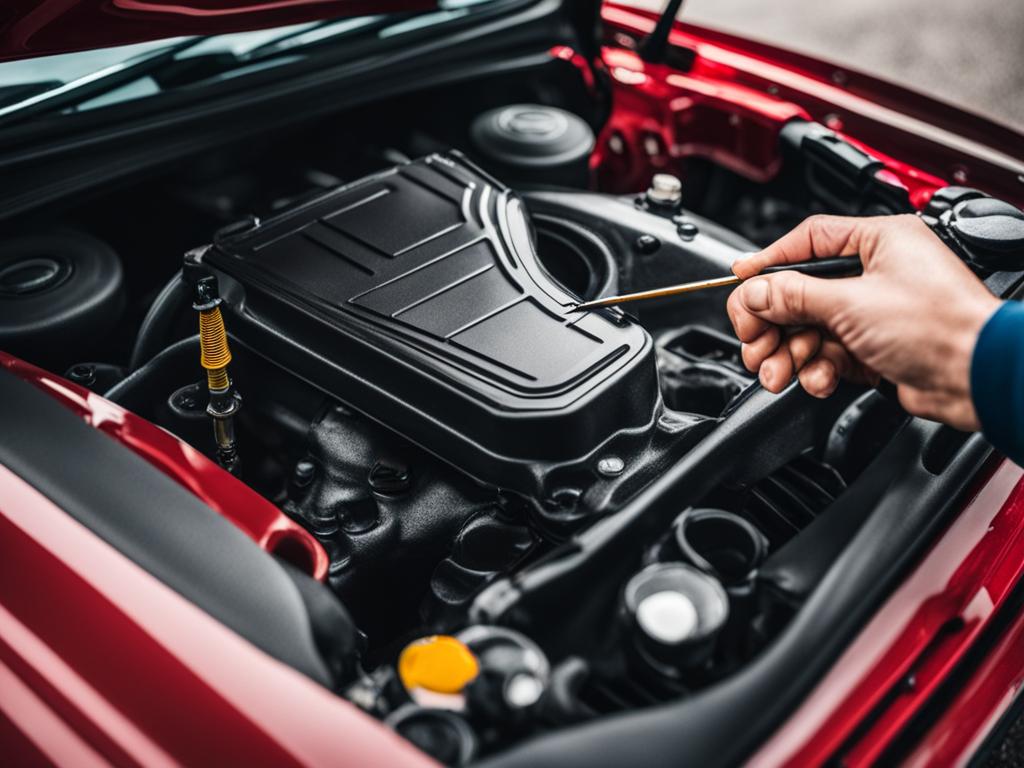
Properly Topping Off Transmission Fluid
Maintaining the proper level of transmission fluid is not only preventive maintenance but can also serve as a fix for shifting issues related to **low transmission fluid levels**. To properly top off your transmission fluid, first locate the transmission fluid dipstick and remove it. Wipe it clean, re-insert it fully, and pull it out again to check the level. It should be between the “Full” and “Add” marks. If it’s low, add the manufacturer’s recommended fluid type until the correct level is reached.
Remember, checking the transmission fluid is best done while the engine is warm, as this ensures an accurate reading. Performing regular checks will prolong the lifespan of your transmission and keep your vehicle running smoothly. However, if any uncertainty exists, seeking professional assistance is wise to avoid mishaps.
When topping off, you must be careful not to overfill the transmission, as this can be just as harmful as having too little fluid. Also, checking for proper fluid color and consistency can offer clues about the health of your transmission. Healthy transmission fluid should be transparent red, not brown or black, and should not contain metal shavings or particles.
If you frequently check your vehicle’s transmission fluid and still face issues shifting out of park, it may be time for an in-depth transmission inspection by a certified mechanic. Regular and proactive maintenance, including fluid level checks, are essential for the longevity and reliability of your vehicle’s transmission.
Conclusion
Dealing with a car that won’t shift out of park calls for a blend of quick thinking and in-depth knowledge of your vehicle’s safety and maintenance requirements. Navigating this common yet frustrating issue effectively hinges on understanding the role of features like shift lock override and recognizing root causes that could be at play. Perhaps your situation is a simple fix – an issue with the brake light switch, or it might be a more complex scenario involving transmission issues.
Despite the availability of temporary solutions, relying on experienced mechanics for accurate diagnostics and repairs is non-negotiable for the safety and dependability of your ride. Without expert intervention, you might only be patching up a problem that calls for a comprehensive fix. From faulty interlock solenoids to transmission fluid checks, professional oversight is crucial. The key takeaway? Regular vehicle maintenance is your first line of defense against unexpected and inconvenient malfunctions.
By cultivating a proactive approach to vehicle care, you not only circumvent the hassle of immobility but you also extend the lifetime of your car’s essential systems. Keeping your vehicle in top condition means less time stuck in park and more time enjoying the drive. Safe travels start with proper maintenance, and that’s a journey worth investing in for every vehicle owner.
FAQ
Why won’t my car shift out of park?
Your car might not shift out of park due to various issues, such as a faulty brake light switch, a malfunctioning shift interlock solenoid, a broken shifter mechanism, low transmission fluid, or increased pawl pressure if parked on an incline.
What is the shift lock feature?
The shift lock feature, also known as brake transmission shift interlock, is a safety mechanism designed to prevent your car from shifting out of park unless your foot is on the brake pedal.
Can I override a stuck gear shift?
Yes, many cars are equipped with a shift lock override that allows you to manually release the shifter if it’s stuck in park. This override is usually located near the shifter console and requires a small tool like a screwdriver to engage.
How do I locate the shift lock override in my car?
The shift lock override is typically found near the base of the shifter. Look for a small cover or slot that can be removed or accessed with a tool to activate the override.
What are the steps to manually release the shifter using the shift lock override?
To manually release the shifter, apply the emergency brake, turn the ignition to the “ON” or “RUN” position, insert a screwdriver (or similar tool) into the override slot while pressing down on the brake pedal. This action should disengage the lock and allow you to shift out of park.
What causes a broken shifter mechanism, and how is it repaired?
A broken shifter mechanism can be caused by mechanical failures or normal wear and tear. Repairing a broken shifter mechanism typically involves diagnosing the internal issues and replacing any faulty parts.
What symptoms indicate a faulty brake light switch?
A common symptom of a faulty brake light switch is that the brake lights won’t turn on when pressing the pedal. This failure can prevent the car from shifting out of park due to the interlinked safety system.
How do I diagnose a brake light switch issue?
To diagnose a brake light switch issue, check if the brake lights illuminate when pressing the brake pedal. If they do not, it could indicate a faulty switch or a blown fuse that needs to be replaced.
What should I do if I suspect a shift interlock solenoid or wiring problem?
If a shift interlock solenoid or wiring issue is suspected, seek inspection by a qualified mechanic or auto-electrician, who can diagnose and address any potential replacements or repairs.
How do you identify and fix a broken transmission shift cable?
A broken transmission shift cable can be identified by unusual shifter behavior or the inability to change gears. Depending on the issue, the cable may need to be adjusted, or if damaged, completely replaced.
How can increased pawl pressure when parked on an incline affect my car?
Increased pawl pressure occurs when a car is parked without the parking brake engaged, putting extra strain on the transmission. Over time, it can lead to difficulty shifting out of park or even damage to the transmission.
What are the signs of low transmission fluid, and how do I resolve it?
Signs of low transmission fluid include difficulty in shifting, a delay in gear engagement, or a whining noise from the transmission. Check and maintain fluid levels using the manufacturer’s guidelines to ensure proper transmission function.

